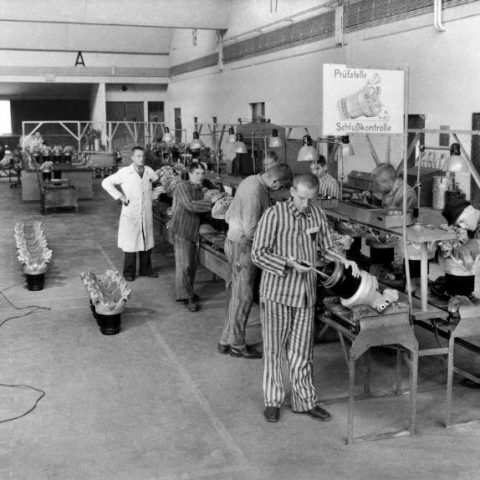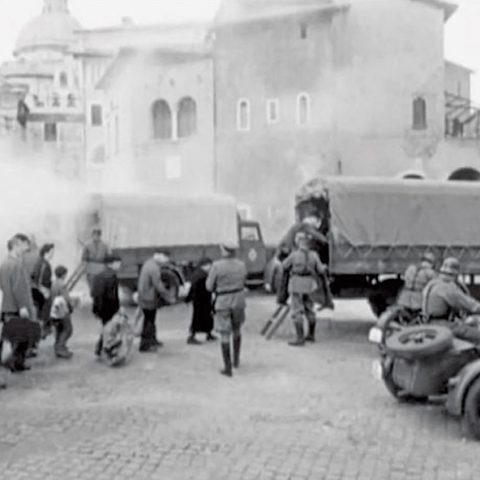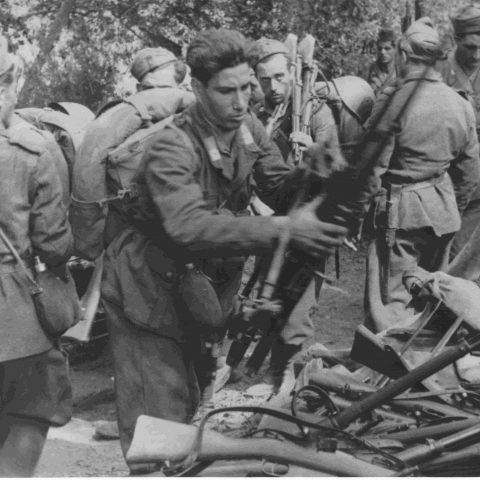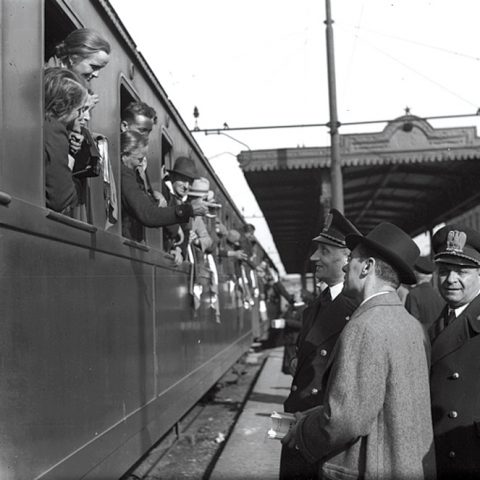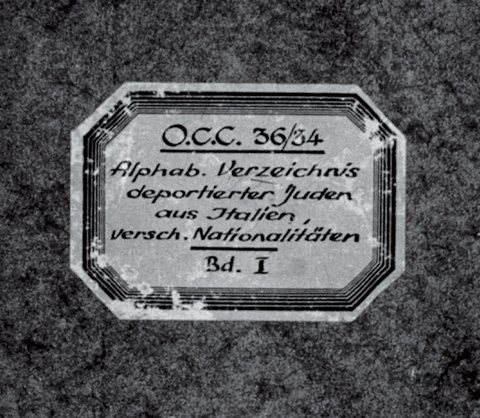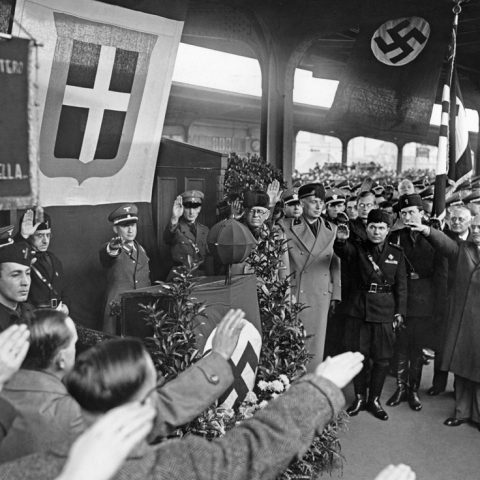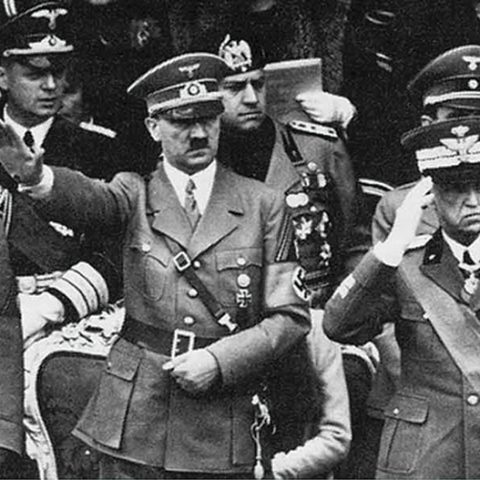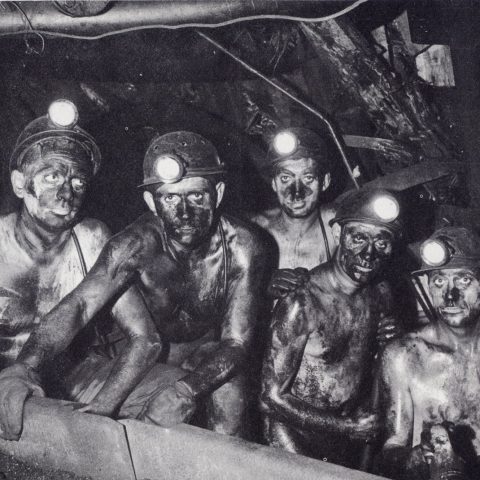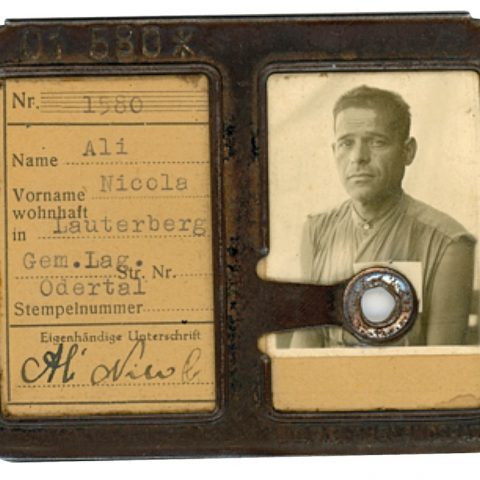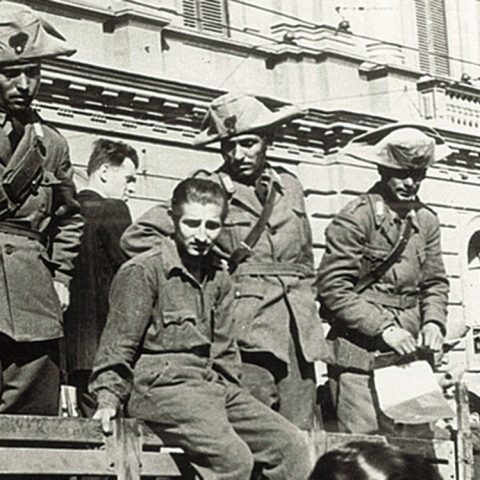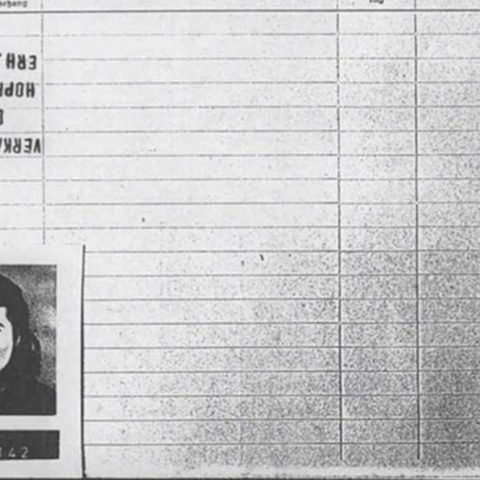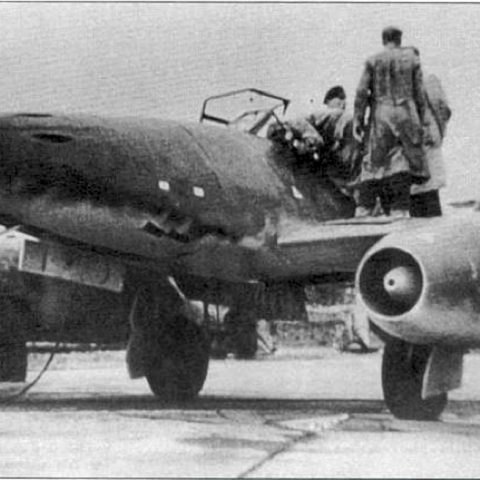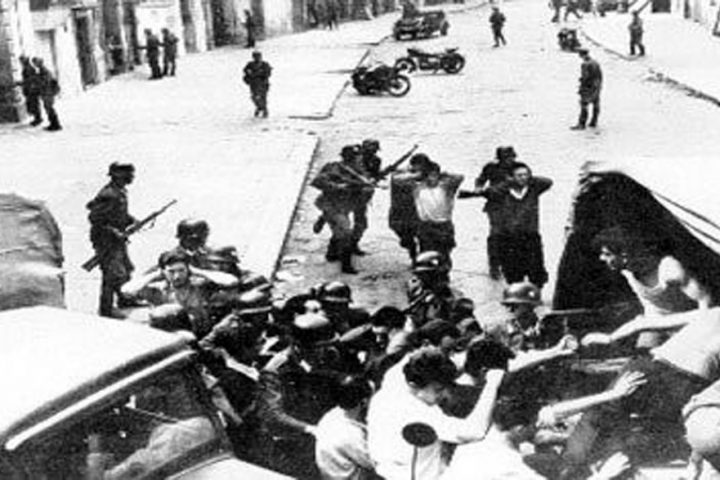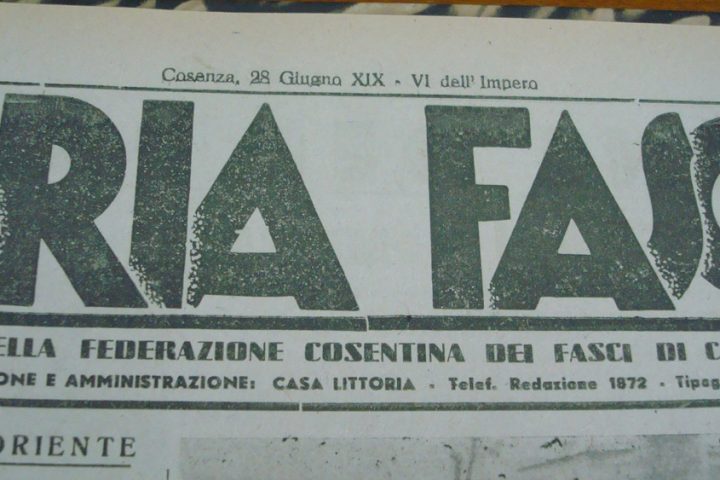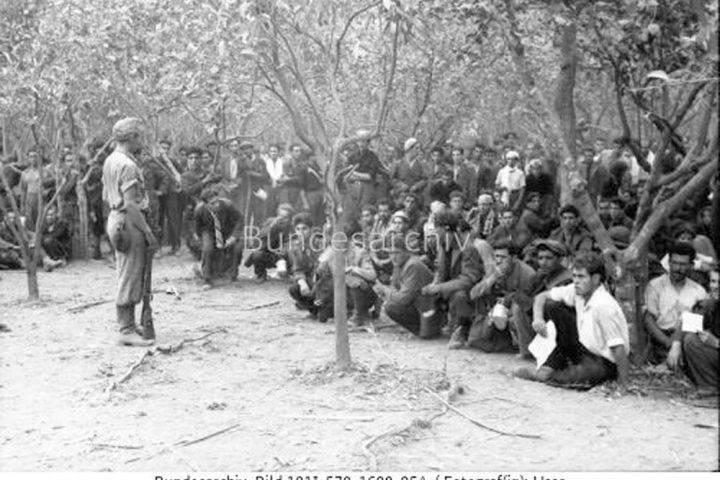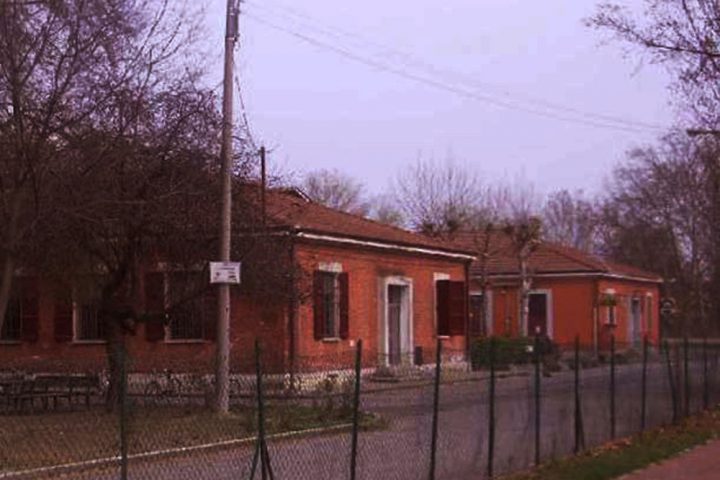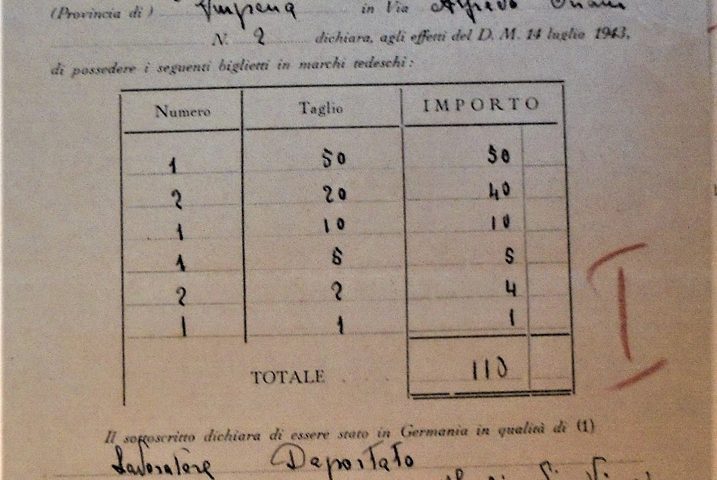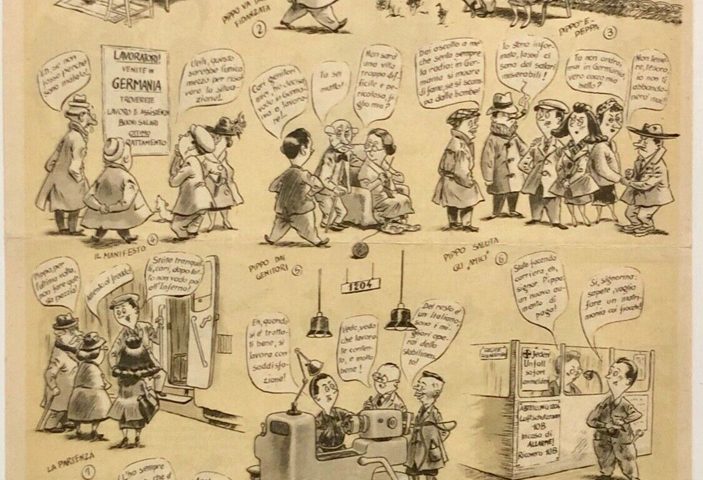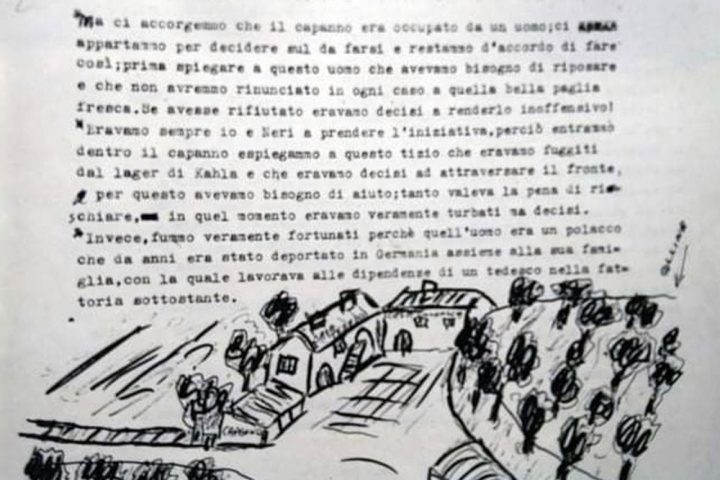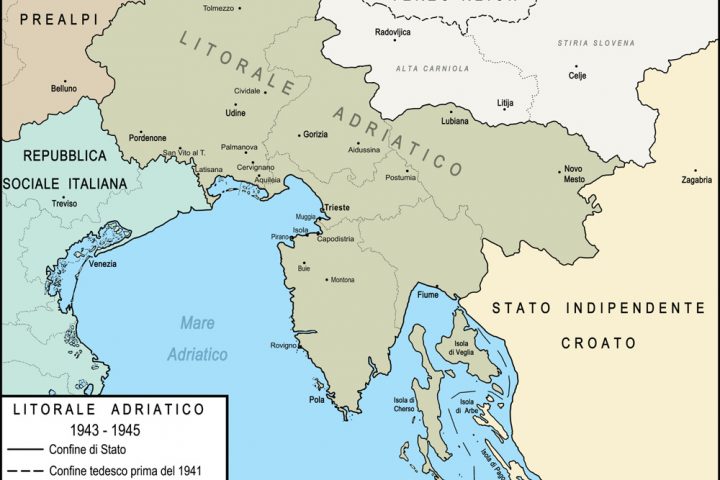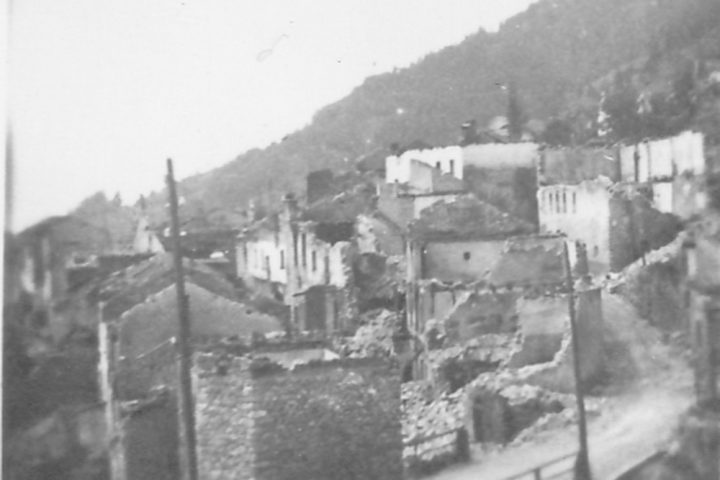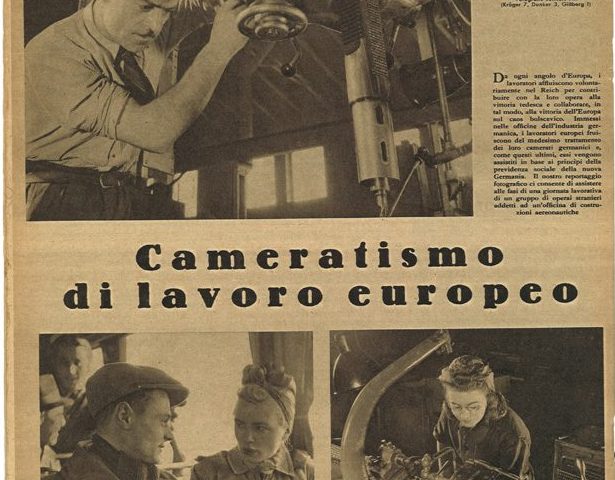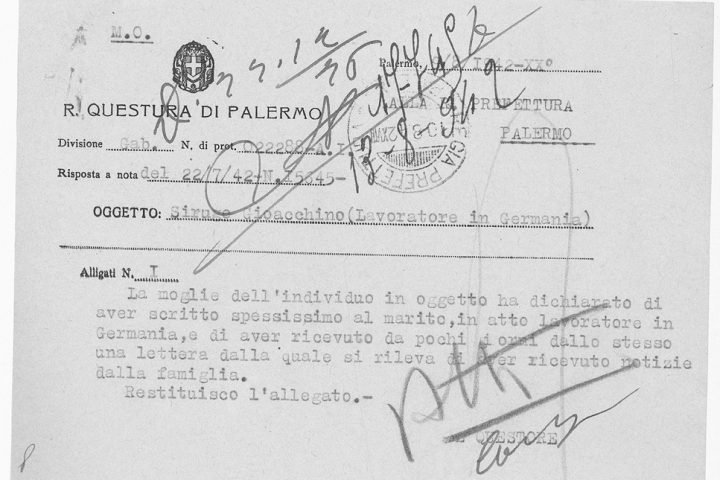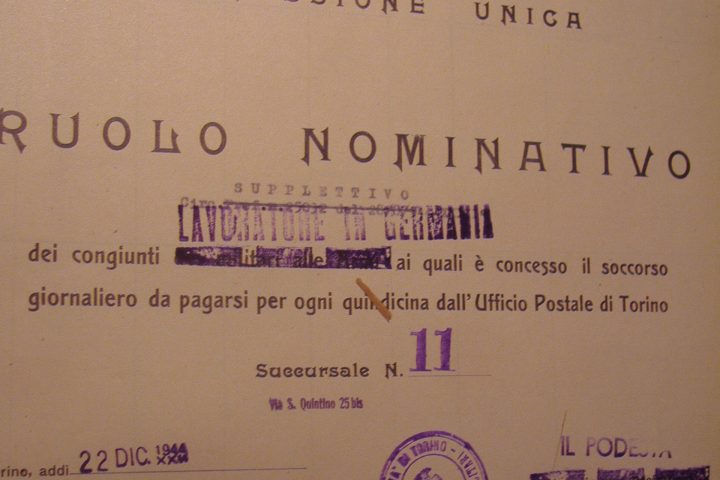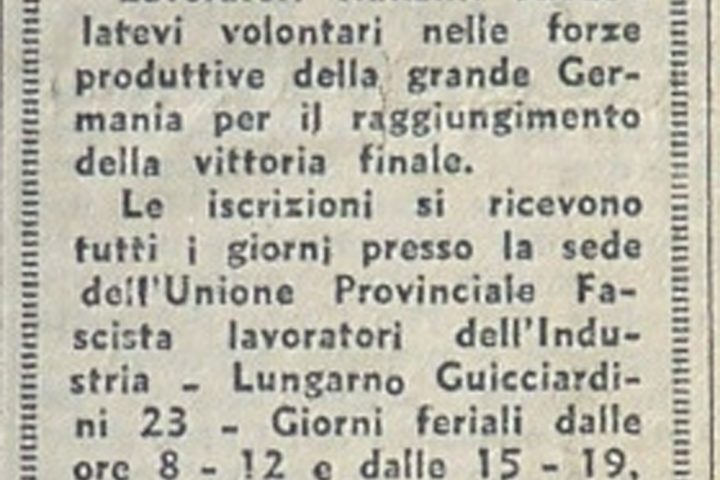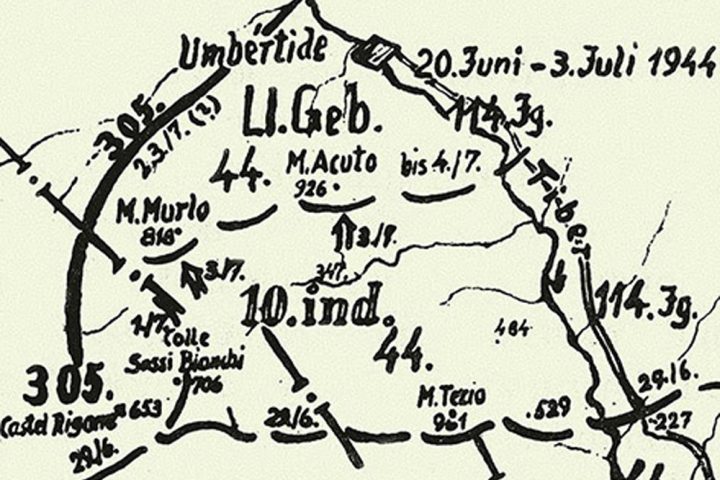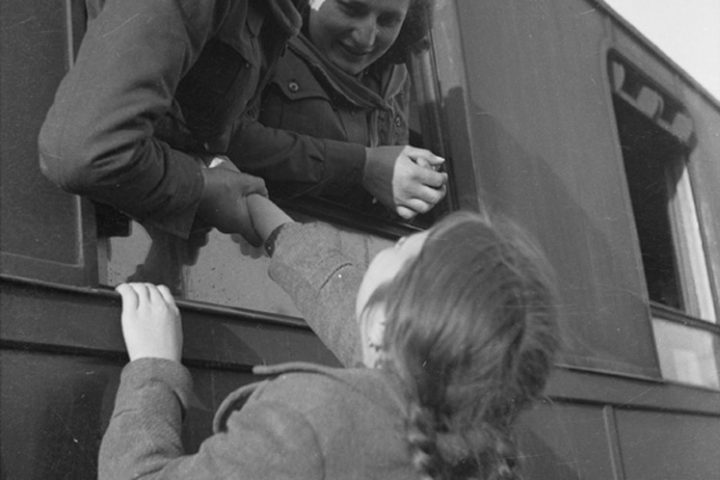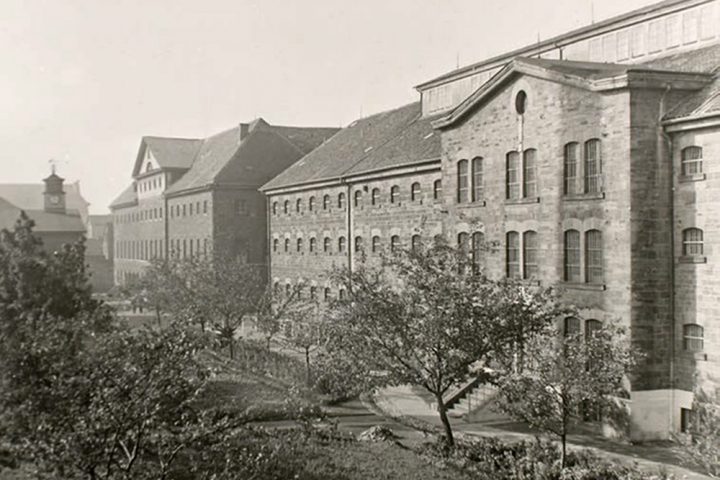ITALIAN WORKERS FOR THE REICH
Italian workers in Nazi Germany 1938-1945
This exhibition reconstructs the stories of 1.2 million Italian citizens, men and women, who were used as labour in the wartime economy of Nazi Germany.
1.2 million people, 1.2 million stories.
They all had family: parents, children, brothers, sisters. Over 5 million people were thus directly involved.
When? Over the course of 7 years, from 1938 to 1945.
In those seven years, Fascist Italy (first Monarcho-Fascist, then Republican-Fascist) was an ally of Nazi Germany. The first form of Fascism in history, created in Italy by Benito Mussolini, had joined forces with a similar regime established in Germany by the Duce’s “best” pupil, Adolf Hitler.
But although the alliance had seemed to be one of equals for five years (1938-1943), with the crisis of the summer of 1943 (fall of Mussolini on 25 July, and the armistice between the Badoglio government and the western allies on 8 September), Italy became an “occupied ally”. The conditions of the Italian men and women still in Germany (100,000 out of the 500,000 who had gone there in the five-year period) worsened, and the methods of recruitment by the German occupying forces, assisted by the Italian Social Republic, increasingly veered towards the coercive forms previously used in Central-Eastern Europe, particularly in the areas occupied by the USSR.
This means that the 1.2 million stories that we will attempt to tell here are not all the same.
On the contrary, they may well differ radically from each other.
Alongside the 400,000 who crossed the Brenner Pass from 1938 to 1942 and repatriated before the crisis, who were relatively free, paid reasonably well and could send money to their families, there were 100,000 more who, despite leaving earlier, remained stranded in German territory. A further 100,000, mainly enlisted by force, left between October 1943 and March 1945. Then there were the 650,000 soldiers captured by the Wehrmacht soon after 8 September and immediately used, except the officers, as manpower, and finally those deported to the SS concentration camps, either because they were considered opponents by the occupying forces and Italian Fascist regime, or because they were Jews.
In total, these amounted to just over 30,000 people, who arrived in the KL at a time (from 1942 onwards) when they too had been called on to contribute to the needs of the war economy. Opponents were deployed in productive work, only to be killed if they were no longer needed; the Jews were selected upon arrival in Auschwitz, and if they appeared unfit for work were killed on the spot
Many stories, then, radically different in nature. But all significant for the history of Italy and Europe.
Three quarters of a century after the end of the Second World War it is only right to remember them without any omissions.
The sections of the virtual exhibition
